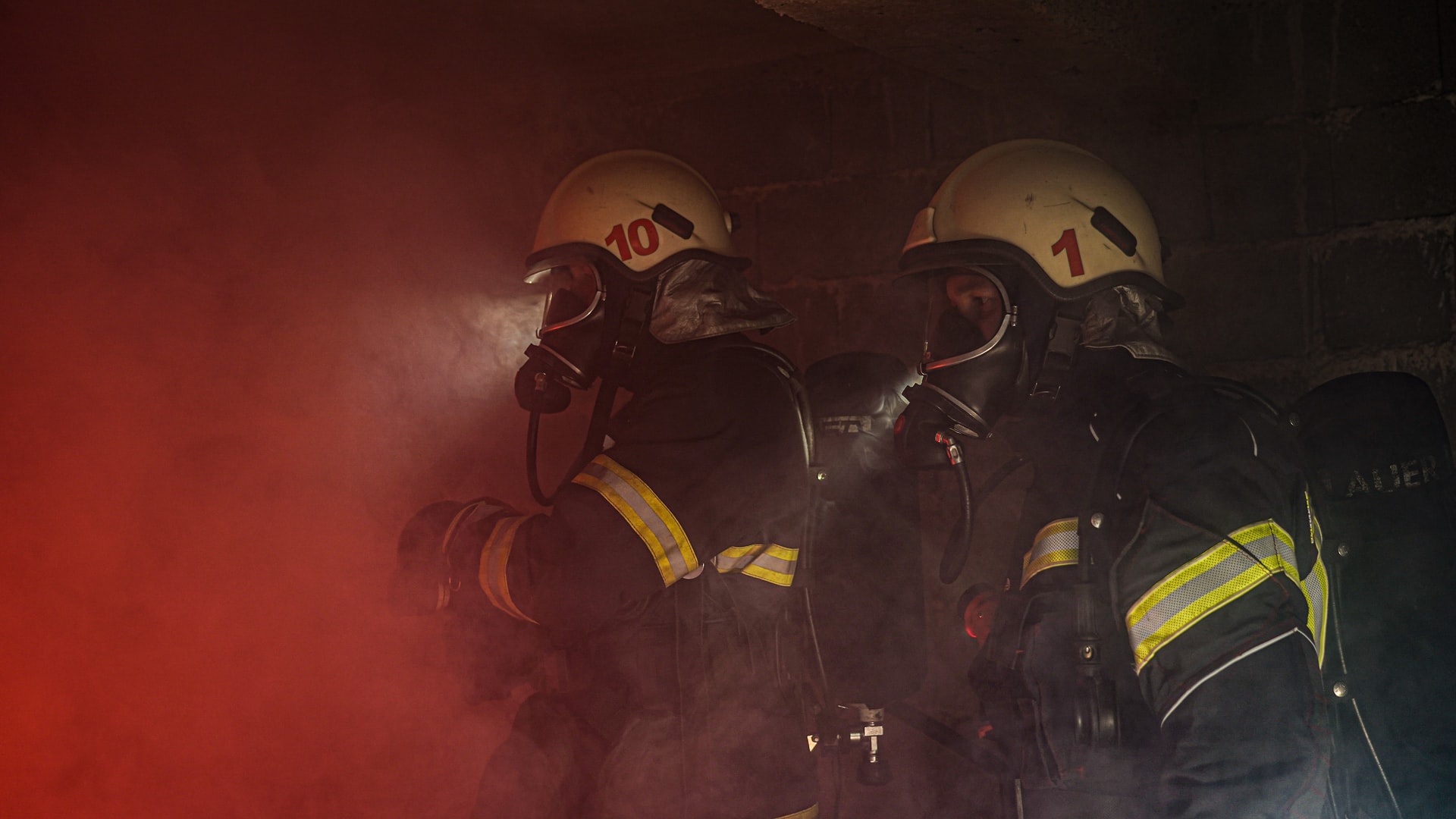Solving Fire with Fire, and Other Solutions

It seems to happen nearly every year, but California is once again making headlines for its wildfires. To be fair, this year most of the western United States is in flames. As of Aug. 19, the National Interagency Fire Center’s (NIFC) situation report listed a total of 40,945 wildfires across the country that had burned over 4.4 million acres. There are 25,689 personnel deployed on 110 active fires across the U.S. Of these, 95 are considered large fires, 93 of which are uncontained. Needless to say, once again a tremendous amount of land is up in flames. These wildfires seem never ending, but several solutions offer us a glimmer of hope for breaking this vicious cycle.
Burn Baby, Burn?
The main solution is something that could be done right now, and should have been done already. As with many things that fit that description, politics is holding up one of the easiest solutions to the wildfire problem, albeit it is a bit of a counterintuitive solution (at first). The answer? More fires.
Yes, this might sound crazy, but hear me out. The current system of fire management in states like California involves trying to stop any and all fires that pop up, no matter how small, even in areas where the fire poses little risk to people and structures. As a result, wildland fuels keep building up. At the same time, the climate grows hotter and drier. The result is a giant tinderbox that inevitably catches fire and creates an uncontrollable burn. Firefighters on the ground, like founder of FUSEE Tim Ingalsbee, argue that prescribed burns to whittle down the fuel load, colloquially known as “good fire”, are one of the best solutions to preventing the massive infernos we’ve become accustomed to seeing every summer.
The point of that “good fire” would be to create a black-and-green checkerboard across the state. The black burned parcels would then provide a series of dampers and dead ends to keep the fire intensity lower when flames spark in hot, dry conditions. Academics believe that between 4.4 million and 11.8 million acres burned each year in prehistoric California, vs. today when only 13,000 acres are burned via controlled burnes. A large cultural and regulatory shift will need to take place to change the rate of controlled burns, but if done properly, they could put an end to the massive, multi-state fires we’ve become all too accustomed to.
It’s Electric
In the meantime, or even better in tandem, there are of course other great solutions. One that has recently been put into motion is the burying of power lines that are typically above ground, something PG&E is in the process of doing. In response to the recent Dixie Fire, in which they were blamed for starting it after a 70 foot pine tree fell on their power lines sparking a fire, they have committed to bury 10,000 miles of its power lines at an estimated cost of $15 – $30 billion!
It might take several years to complete, but the idea is that if power lines are buried into the ground, especially in areas more prone to trees falling onto wires, there will be less accidental, often catastrophic, fires.
There are dozens of other solutions to the wildfire problem, many of which are outlined by bloggers, scientists, and websites like Planet Home. They range from building vast networks of sprinklers in fire-prone areas to flying drones to detect fires early on. They all sound great, but I think the most realistic solutions for the immediate future are forest maintenance via “good fire” and the burying of certain power lines. Hopefully these solutions help put out the fire raging in the west.


Leave a Reply